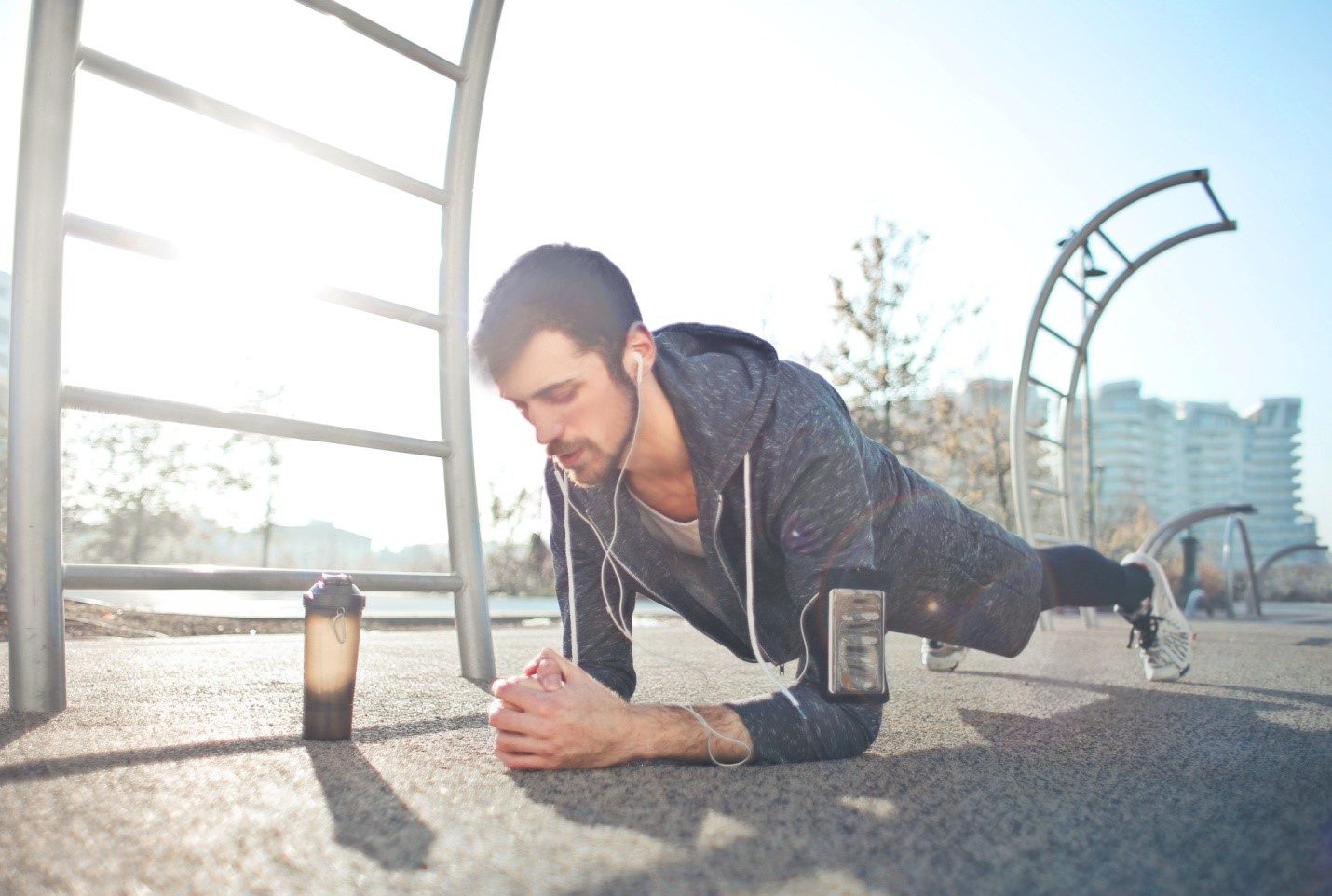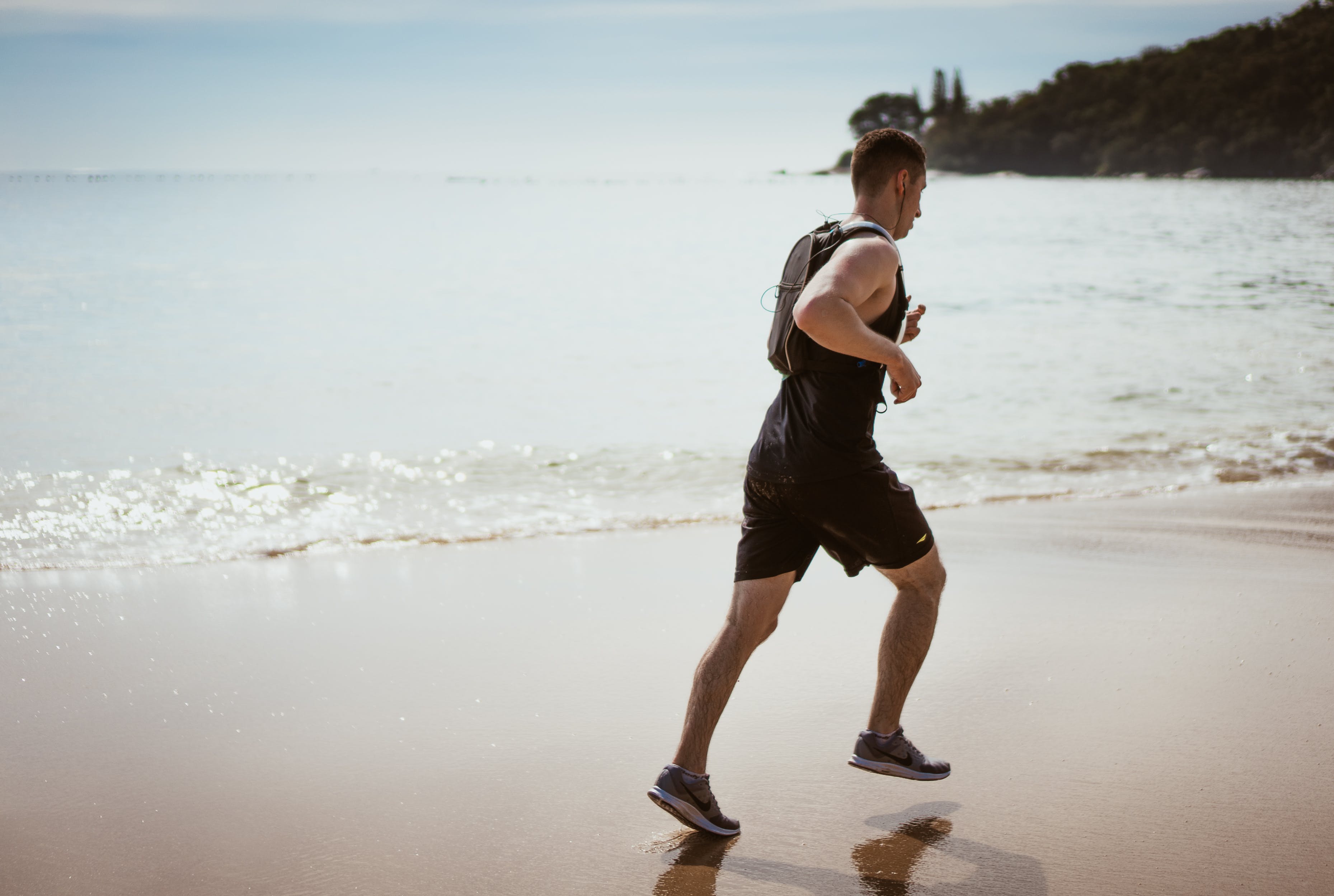Running is a fantastic way for children to build *endurance*, develop *coordination*, and instill a lifelong love for fitness. For 10-year-olds, it’s especially important to introduce running in a fun and engaging manner. At this age, children are naturally energetic and curious, making it the perfect time to start a structured yet enjoyable running training plan. This guide will help parents and coaches design a program that balances *fun* with *fitness*, ensuring the young runners stay motivated and safe.
The benefits of running for 10-year-olds extend beyond physical health. It can also boost their *confidence*, improve *focus*, and teach valuable lessons in *discipline* and *perseverance*. As you embark on this journey, remember that the primary goal is to foster a love for running, rather than focusing on competition or performance metrics. By emphasizing enjoyment and gradual progression, you can help your child develop a positive relationship with exercise that will last a lifetime.
Ready to start your child’s running adventure? Visit our website to learn more and get started today! Click here.
Benefits of Running for Children

Introducing running to children at an early age offers a myriad of benefits that go beyond just physical fitness. Firstly, running helps in improving *cardiovascular health* by strengthening the heart and lungs, which is crucial for overall well-being. Regular running can also enhance *muscle strength* and *bone density*, laying a strong foundation for a healthy future.
Moreover, running is an excellent way to improve *mental health*. It releases endorphins, often referred to as the body’s natural mood lifters, which can reduce *stress* and *anxiety*. This is particularly beneficial for children as it can help them manage the pressures of school and social situations more effectively.
In addition to physical and mental health benefits, running also fosters *social skills*. When children participate in group runs or join running clubs, they learn the importance of teamwork, sportsmanship, and communication. These social interactions can be invaluable in teaching them how to build relationships and work collaboratively with their peers.
Running also instills a sense of *discipline* and *goal-setting*. Whether it’s aiming to run a certain distance or improving their time, setting and achieving these small goals can boost a child’s self-esteem and teach them the value of persistence and hard work.
Lastly, running can be a fun and adventurous way for children to explore the outdoors. It encourages them to appreciate nature and develop a sense of *environmental stewardship*, which is becoming increasingly important in today’s world.
Essential Gear for Young Runners

Equipping young runners with the right gear is crucial for their safety and performance. The most important item is a pair of *high-quality running shoes* that offer proper support and cushioning. Children’s feet are still developing, so it’s essential to choose shoes that fit well and provide adequate arch support to prevent injuries.
Next, consider appropriate *running attire*. Lightweight, moisture-wicking fabrics are ideal as they help keep the child comfortable by drawing sweat away from the skin. During colder months, layering is key. A base layer, an insulating layer, and a windproof outer layer can keep young runners warm without restricting movement.
*Socks* are another critical component. Invest in moisture-wicking, seamless socks to reduce the risk of blisters and discomfort. For safety, especially during early morning or evening runs, ensure that the running gear includes *reflective elements*. Reflective vests, armbands, or even clothing with reflective strips can make a significant difference in visibility.
Hydration is vital, so a *kid-friendly water bottle* is a must. Look for bottles that are easy to carry and drink from while on the go. A small *running belt* or a *hydration pack* can be useful for longer runs, allowing children to carry water, snacks, and other essentials.
Lastly, don’t forget about *sun protection*. A lightweight hat or visor can shield their face from the sun, and applying a broad-spectrum sunscreen with an SPF of at least 30 will protect their skin. Sunglasses with UV protection can also be a good investment to safeguard their eyes from harmful rays.
With the right gear, young runners can enjoy their training sessions comfortably and safely, setting the stage for a lifelong love of running.
Creating a Safe Running Environment

Ensuring a safe running environment is paramount when it comes to young runners. Safety begins with choosing the right *running location*. Opt for well-lit, traffic-free paths such as local parks, school tracks, or dedicated running trails. These areas are generally safer and provide a more controlled environment for children.
Supervision is another essential aspect. Young runners should always be accompanied by an adult or a responsible older sibling. This not only ensures their safety but also provides encouragement and motivation. If they are running in a group, make sure there is always an adult present to oversee the activity.
Teach children about *road safety rules* if they are running near streets. They should understand the importance of looking both ways before crossing, running against the traffic, and using pedestrian crossings. Reflective gear is crucial if running during low-light conditions to enhance visibility.
Weather conditions play a significant role in running safety. Avoid running during extreme weather conditions such as heavy rain, thunderstorms, or intense heat. On hot days, schedule runs for early mornings or late evenings when temperatures are cooler. Always ensure that the young runners stay hydrated and take breaks as needed.
Another important factor is *hydration and nutrition*. Encourage children to drink water before, during, and after their runs. Carrying a water bottle or using hydration stations along the route can help maintain their fluid levels. A balanced snack like a banana or an energy bar can provide a quick boost before running.
Lastly, be mindful of the signs of overexertion. Teach children to listen to their bodies and recognize symptoms like dizziness, excessive fatigue, or shortness of breath. Encourage them to communicate how they feel and to stop running if they experience any discomfort. By creating a safe running environment, you help build a foundation of healthy, enjoyable running habits for young athletes.
Weekly Training Plan for 10 Year Olds

Designing a *weekly training plan* for 10-year-olds requires a balanced approach that focuses on building endurance, strength, and maintaining the joy of running. Below is a sample weekly training plan to get you started:
- Monday – Easy Run: Start the week with a light 20-minute run at a comfortable pace. This helps to loosen up muscles and prepare for the week ahead.
- Tuesday – Interval Training: Incorporate intervals to build speed and stamina. Alternate between 1 minute of fast running and 2 minutes of walking or jogging for a total of 20 minutes.
- Wednesday – Rest Day: Rest is crucial for young runners. Use this day for light stretching or a fun, low-impact activity like swimming or cycling.
- Thursday – Strength Training: Focus on bodyweight exercises such as squats, lunges, and push-ups. A 20-minute session can help build muscle strength and prevent injuries.
- Friday – Tempo Run: A 20-minute tempo run where the pace is slightly faster than an easy run but still conversational. This helps improve aerobic capacity.
- Saturday – Long Run: Plan a longer run of 30-40 minutes at a steady pace. This is the key workout for building endurance.
- Sunday – Active Recovery: Engage in a light activity like a family walk or a fun game of soccer to keep muscles active without the strain of a run.
It’s important to adjust the plan based on the child’s individual needs and fitness level. Always listen to their feedback and make modifications as necessary. Consistency is key, but flexibility ensures that running remains an enjoyable activity rather than a chore. By following a well-rounded weekly training plan, young runners can develop their skills effectively while also having fun.
Tips for Motivating Young Runners
Keeping young runners motivated can be challenging, but it is essential to ensure they stay engaged and enjoy the experience. Here are some *effective tips* for motivating 10-year-olds to stick with their running training plan:
- Set Achievable Goals: Establish short-term and long-term goals that are realistic and attainable. Celebrating small milestones can keep them motivated and build their confidence.
- Make it Fun: Incorporate games and challenges into the training sessions. Running scavenger hunts or relay races can make the workouts more enjoyable.
- Involve Friends: Encourage them to run with friends or join a local kids’ running group. The social aspect can make running more enjoyable and less of a solo activity.
- Offer Rewards: Create a reward system for achieving goals, such as a special treat, a new running gear, or a fun outing. Rewards can serve as excellent motivators.
- Be a Role Model: Lead by example. If children see their parents or guardians enjoying running, they are more likely to develop a positive attitude towards it.
- Mix Up the Routine: Alter the running routes and include different terrains, like trails or parks, to keep the runs exciting and adventurous.
- Provide Encouragement: Constantly offer positive reinforcement and encouragement. Praise their efforts and remind them of their progress, no matter how small.
- Listen and Adapt: Pay attention to their feedback and be willing to adjust the plan if they are feeling overwhelmed or bored. Flexibility can prevent burnout and ensure long-term interest.
By implementing these tips, you can help young runners develop a love for the sport that will last a lifetime. Remember, the goal is to make running a fun and rewarding activity that they look forward to. Visit our website to learn more and get started today! Click here.


